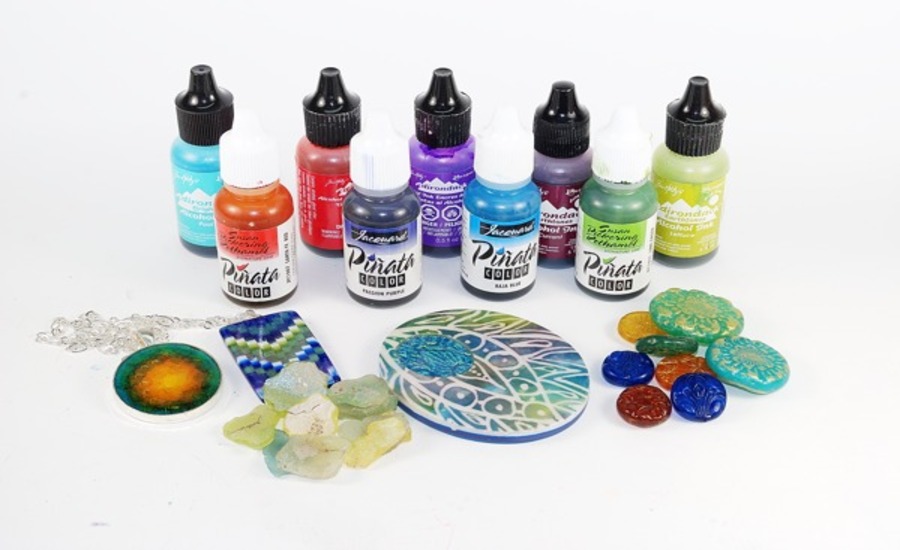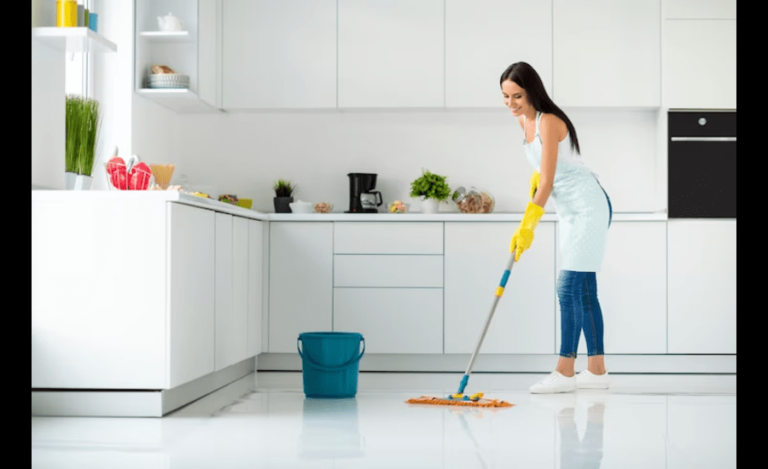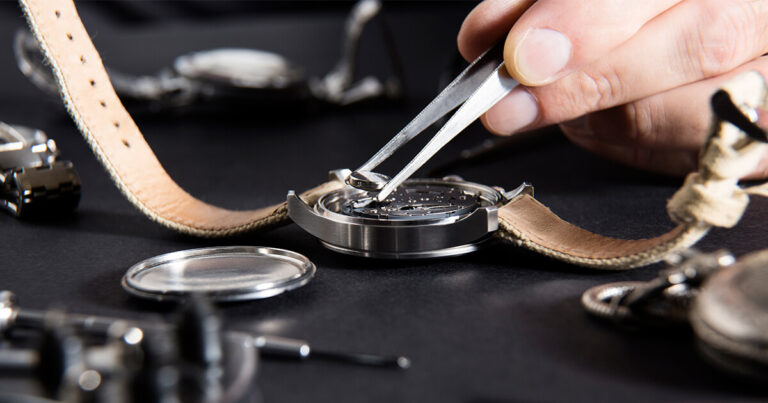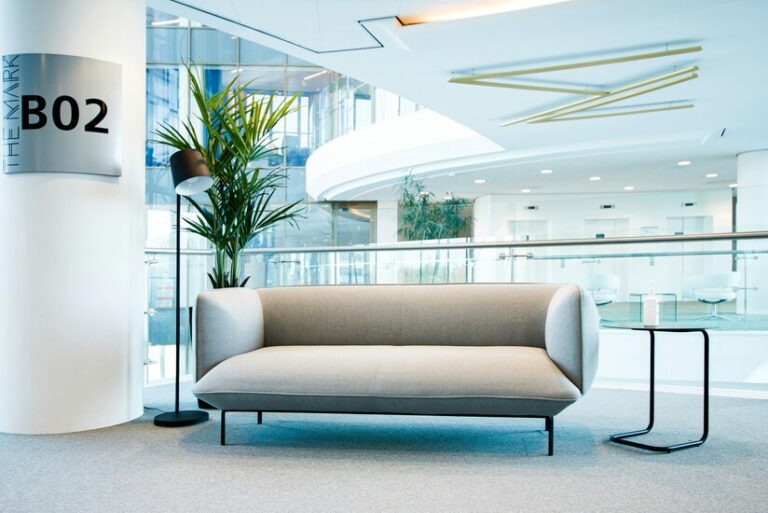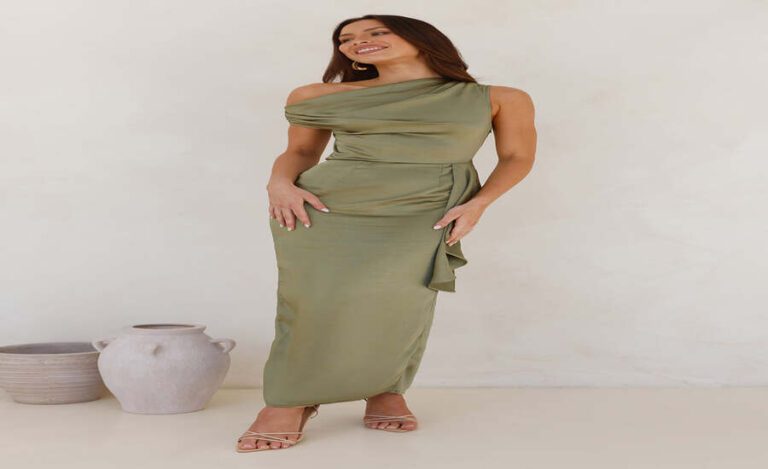Polyvinyl Alcohol in Art and Craft: Creative Uses for a Multi-Purpose Polymer
Art and craft projects have always thrived on the versatility and adaptability of materials, and Polyvinyl Alcohol (PVA) is no exception. PVA has found a special place in art and craft because of its water solubility, film-forming ability, and strong adhesive properties. This blog explores the various ways PVA can be used in art and craft, showcasing its potential as a multi-purpose polymer.
What is Polyvinyl Alcohol?
Polyvinyl Alcohol (PVA) is a synthetic polymer produced through the polymerization of vinyl acetate, followed by hydrolysis. The resulting polymer is water-soluble, non-toxic, and biodegradable, making it a popular choice in various industries. In art and craft, Polyvinyl Alcohol is valued for its flexibility, adhesive properties, and ability to form solid and transparent films.
PVA as an Adhesive in Crafting
1. Paper Crafting: PVA glue is the go-to adhesive for paper crafting projects. Whether you’re making greeting cards, scrapbooks, or intricate paper sculptures, PVA glue provides a robust and flexible bond that dries clear, ensuring a neat and professional finish.
2. Woodworking: Polyvinyl Alcohol glue is commonly used for joining pieces of wood together. Its ability to penetrate the wood fibers creates a strong bond, often more robust than the wood itself. This makes it a preferred choice for furniture making, model building, and any craft requiring a durable and long-lasting adhesive.
3. Fabric Crafts: PVA glue can also be used in fabric crafts, particularly for creating no-sew projects. Applying PVA glue to fabric edges allows you to develop hems, appliqués, and other fabric embellishments without stitching. The glue dries straightforwardly and flexibly, maintaining the fabric’s texture and appearance.
PVA in Paper Mache and Sculpting
Polyvinyl Alcohol glue is a perfect choice for this application due to its strong bonding properties and ability to create a smooth, even surface.
1. Paper Mache: To create paper mache, paper strips are dipped in a mixture of PVA glue and water and layered over a mold or armature. As the glue dries, it hardens, forming a durable shell that can be painted and decorated. PVA glue’s water solubility allows easy cleanup and adjustment during the crafting process, making it a favorite for both beginners and experienced crafters.
2. Sculpting and Mold Making: PVA can be used in sculpting and mold making beyond paper mache. When mixed with other materials, such as plaster or clay, PVA can act as a binder that improves the strength and flexibility of the final sculpture. Additionally, PVA can be used as a release agent in mold making, helping to prevent materials from sticking to the mold and ensuring a smooth, even cast.
PVA in Textile Art
PVA’s versatility also extends to this medium, offering creative possibilities for fabric manipulation and decoration.
1. Fabric Stiffening: One innovative use of PVA in textile art is as a fabric stiffener. Applying a solution of PVA and water to the fabric creates a stiff, durable material that holds its shape. This technique is ideal for creating fabric sculptures, hats, or decorative items that require structural integrity. Once dry, the stiffened fabric can be painted, sewn, or embellished.
2. Resist Techniques: PVA glue can also be used in resist techniques for fabric dyeing and painting. By applying PVA glue to specific areas of the fabric, you can create patterns and designs that resist the dye, leaving those areas uncolored. The fabric reveals intricate, custom patterns once the dye is applied and the glue is washed away.
PVA in Mixed Media Art
1. Collage and Assemblage: In collage and assemblage art, PVA glue is used to adhere various materials, such as paper, fabric, metal, and found objects, to a surface. Its strong bonding properties ensure the materials stay in place, even when layered or combined with heavier elements.
2. Texture and Dimension: In mixed-media art, PVA can also create texture and dimension. By mixing PVA glue with materials like sand, sawdust, or beads, artists can create textured surfaces that add depth and interest to their work. The glue mixture can be applied with a brush or palette knife and shaped as desired before it dries.
PVA in Printmaking
1. Screen Printing: Polyvinyl Alcohol can be used as a medium for creating screens. A mixture of PVA and water is applied to a screen mesh, and once it dries, the screen can be used to transfer ink onto fabric or paper. The PVA medium allows precise control over the ink’s application, producing clean, sharp prints.
2. Block Printing: For block printing, PVA can seal the surface of the printing block, ensuring that the ink adheres evenly and produces a consistent print. Additionally, PVA can attach different materials to the printing block, creating multi-textured prints that add visual interest.
Conclusion
Polyvinyl Alcohol is a multi-purpose polymer that has earned its place in art and craft. Its versatility, ease of use, and unique properties make it an invaluable material for artists, crafters, and educators alike. Whether you’re creating intricate paper sculptures, stiffening fabric for textile art, or experimenting with mixed media, PVA offers endless possibilities for creative expression.
